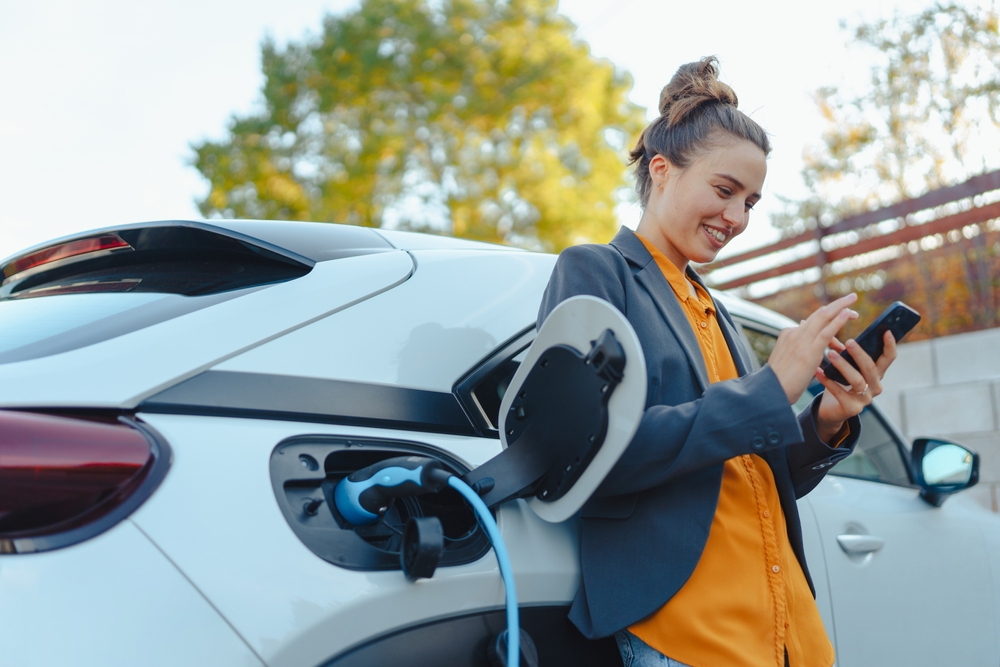
Electric vehicles promise quiet travel and fewer stops at the pump, but the story changes when the battery runs low miles from a charger. An electric vehicle failure on a remote stretch of highway creates a different kind of stranded. Drivers lose more than mobility—they lose options. No quick gas can, no simple jump. The situation exposes the limits of an expanding technology, and the gap between convenience and risk grows wider at the wrong moment.
The question isn’t whether electric vehicles will stall. They do. The real question is what happens next when that electric vehicle failure unfolds in the middle of nowhere. The answers matter for anyone who relies on battery power to get home.
The Battery Drops Faster Than Expected
Cold weather, steep terrain, headwinds, and speed all drain a battery quickly. Drivers see a number on the dash and assume it’s solid. It’s not. An electric vehicle failure often starts long before the driver realizes the range estimate has shifted under their feet. The last percentage points fall fast. Sometimes shockingly fast.
Range loss isn’t always dramatic. It can be quiet and gradual, creeping down mile by mile until the car decides it can’t move another inch. And once the battery hits zero, it’s not like a gas engine running on fumes. There’s no sputter. No warning cough. The car shuts down and locks into self-preservation mode. That leaves the driver stranded with a heavy machine that can’t help itself.
Tow Trucks Face a New Set of Challenges
With a normal car, the tow truck hooks up, pulls, and goes. Electric vehicles add layers. Many models can’t be towed with wheels turning, because that motion forces the electric motor to generate power. That can damage the drivetrain. A tow truck operator who doesn’t know the rules risks breaking something expensive.
When an electric vehicle failure happens far from a major town, flatbed trucks may not be available. The driver waits longer. Hours in some regions. And towing an EV isn’t cheap. The weight alone bumps the price. Remote responders often charge extra for travel time, and the bill climbs before the car moves an inch.
Portable Chargers Don’t Always Save the Day
Some roadside services carry portable battery boosters. They help with a few miles, in theory. But many vehicles have limits. Some won’t accept a fast charge from a portable unit. Others require a minimum temperature before charging, which makes winter breakdowns even more complicated.
The promise of a quick top-up doesn’t always match reality. A technician might spend an hour trying to coax the car into taking power. Sometimes it never does. That leaves the driver right where they started—needing a tow. In a remote place, that wait can mean dark roads, cold weather, or long stretches without help nearby. The term electric vehicle failure becomes real in a way glossy brochures don’t mention.
Regenerative Braking Can’t Bail You Out
Many drivers assume they can creep downhill and let regenerative braking recharge the battery. That works only when there’s enough charge left to run the car’s systems. When the battery is drained, regen shuts off. The car simply can’t process the energy. The downhill route becomes a dead slide to nowhere, and the driver quickly learns the limits of technology built for efficiency, not emergency survival.
Some models will allow a low-power limp mode. Others won’t. When the system decides the battery is too low, everything stops. That design protects the battery, but it leaves the driver stranded in the name of safety.
Communication Tools Don’t Always Work
Roadside assistance requires a signal. Remote areas don’t always offer one. When an electric vehicle failure happens in a dead zone, drivers rely on backup plans. Some walk. Some wait. Others hope the emergency call button works through satellite routing. It usually does, but not always.
The car may conserve energy so aggressively that it shuts down features the driver expects to work. Screens dim. Heated seats go cold. Climate control drops. The cabin becomes quiet in a way that feels unnerving, especially if the environment outside is harsh. The driver faces a modern breakdown with a car built to save its battery instead of its passenger’s comfort.
Weather Turns a Breakdown Into a Hazard
In winter, an electric vehicle failure compounds quickly. The cabin heater draws power that the battery no longer has. Sitting in a powerless metal box miles from shelter is more than inconvenient. It’s dangerous. Summer has its risks, too. High heat inside a sealed cabin rises quickly, with little airflow.
EV batteries prefer moderate temperatures. A breakdown removes the systems designed to regulate them. Extreme weather doesn’t care about the battery’s condition, and the driver is trapped between climate and machine.
Navigating the Gap Between Promise and Reality
Electric vehicles offer benefits, but the gaps show up when distance and isolation come into play. Anyone who drives long stretches should understand how electric vehicle failure unfolds and what it demands from the person behind the wheel. Planning matters. Not because the technology is flawed, but because its limits carry consequences.
Have you ever dealt with an EV breakdown far from help?
What to Read Next…
- Comparing Maintenance Costs For Gas And Electric Vehicles
- Heres Why Some Ev Batteries Are Failing Faster Than Promised 5 Things To Watch Out For
- Why Some Electric Vehicles Explode After Being Parked Overnight
- Why The Hidden Recall Crisis Jeep Owners Are Furious About
- 7 Manufacturers That Rebrand Failed Cars Under New Names And Hope You Dont Notice
The post What Happens When Electric Vehicles Fail Far From Help appeared first on Clever Dude Personal Finance & Money.







